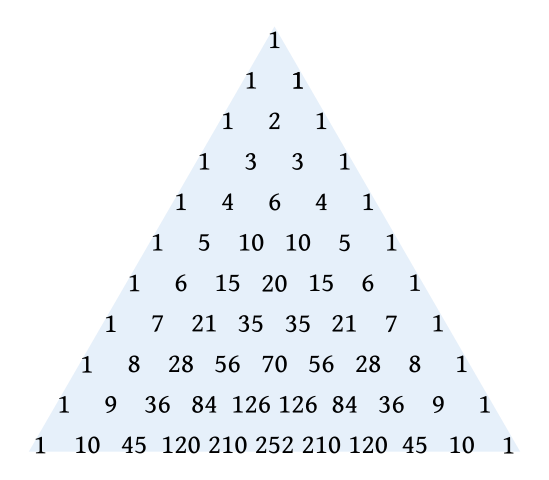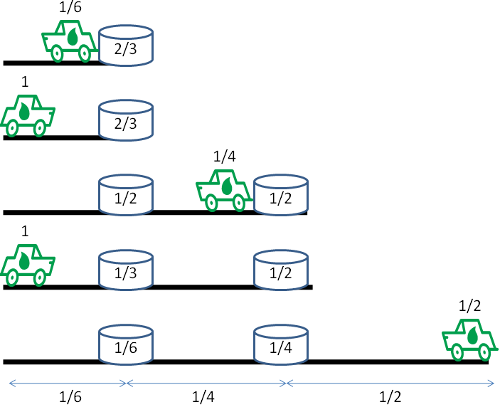
Maybe this was inevitable: A team of mathematicians have worked out the most efficient pub crawl in the United Kingdom, connecting 24,727 pubs in the shortest possible closed loop, 45,495,239 meters, or about 28,269 miles. Because it’s a loop, a determined crawler can start at any point and eventually find himself back home.
Despite the pickled application, this represents a serious achievement in computational mathematics, an advance in the so-called traveling salesman problem (TSP), which asks for the shortest route that passes through each of a set of points once and once only. The pub crawl includes more than 100 times the previous record number of stops in a road-distance TSP.
“We, of course, did not have in mind to bring everything mathematics has to bear in order to improve the lot of a wandering pub aficionado,” wrote lead researcher William Cook of the University of Waterloo. “The world has limited resources and the aim of the applied mathematics fields of mathematical optimisation and operations research is to create tools to help us to use these resources as efficiently as possible.”
(Thanks, Danesh.)









